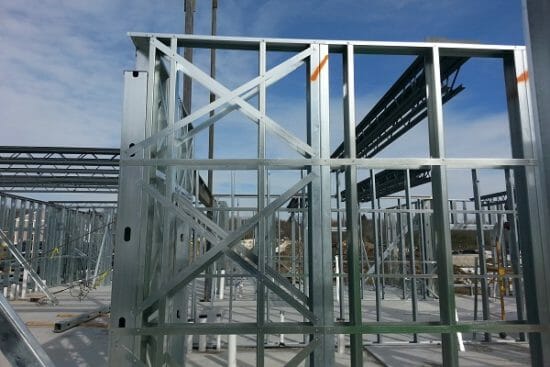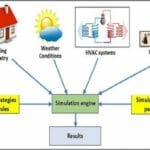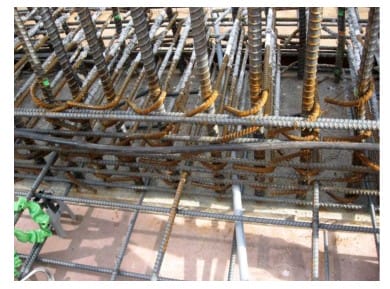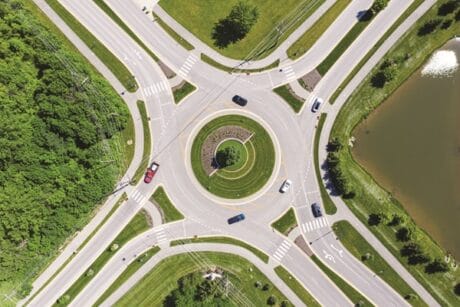No products in the cart.
- Course No E – 1834
- PDH Units: 8
Course No E - 1834
PDH Units: 8
- Course No E – 1834
- PDH Units: 8
Course No E - 1834
PDH Units: 8
Intended Audience: Civil Engineers.
PDH UNITS: 8
Use of steel as a construction material has grown exponentially in recent years. The popularity of steel construction is due, in part, to its many advantages: for example, steel is a strong, durable, design-flexible, sustainable, cost efficient, safe, and environment friendly building material. In this course, we will examine fundamental, intermediate, and some advanced principles of steel design. The webinar is most suitable for engineers, technicians, and other professionals who already have some background in steel design. We will discuss the allowable stress design (ASD), load and resistance factor design (LRFD), and plastic design methods for structural steel, and you will learn procedures for performing advanced analysis and design of tension members, compression members, bars and rods, base plates, axially loaded columns, simple and continuous beams, and beams for moment. This course includes numerous formulas and exercises that will guide you through design problems to their practical solutions, in accordance with the latest standards of the American Institute of Steel Construction (AISC). In Steel Design Principles, you'll learn ... Appropriate use of allowable stress design (ASD) and load and resistance factor design (LRFD) methods
- The most up to date methods for analyzing structural loads
- Design principles for compression members, tension members, beams, and columns
- Design solutions for different components, including columns, beams, and connections
Learning Objectives:
At the successful conclusion of this webinar, you will learn the following knowledge and skills:- Analysis of tension members: L-section, round bars, flat bars, double-angle, T-section, I-section, built-up
- Design of tension members: gross-section, net-section, net area, effective area
- Factors affecting design decisions: safety, economy, compactness, relative dimension, joint condition, technical considerations
- Methods of steel design: Load and Resistance Factor Design (LRFD) and Allowable Strength Design (ASD)
- Structural loads
- Design of compression members: failure mechanism, buckling, residual stresses, Euler formula, effective length
- Design of columns axially loaded (LRFD): LRFD design tables, axially loaded compression members, K factor, stiffness reduction factor, inelastic buckling, and base plates/concentrically loaded columns
- Design of simple beams and continuous beams: types of beams, bending stresses, elastic design, elastic section modulus, plastic design and analysis, continuous beams
- Design of beams for moment
- Analysis and design of beam-columns
- Steel connections: bolted connections and bearing-type connections
Once completed, your order and certificate of completion will be available in your profile when you’re logged in to the site.








